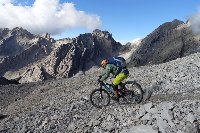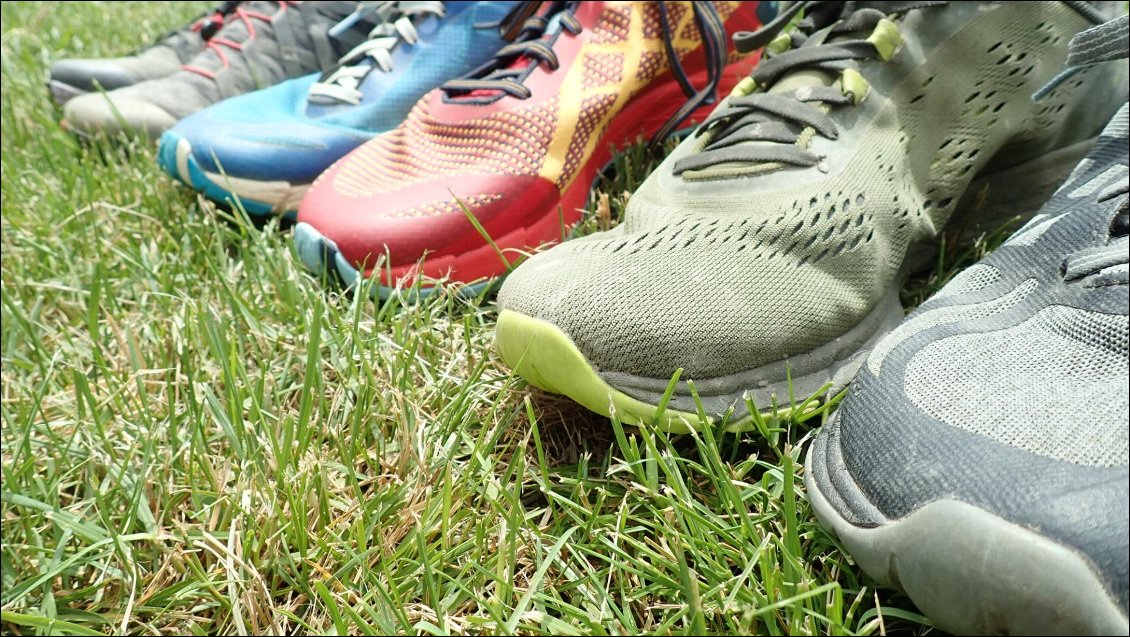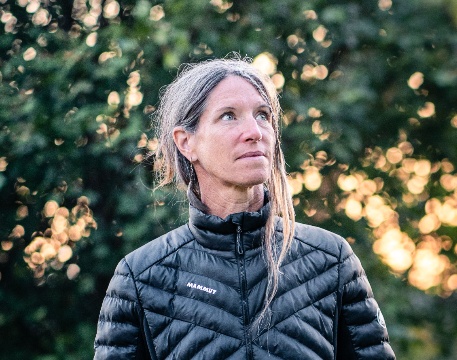Mini review of "drop 0" shoes
Abstract :
[font=Tahoma, Verdana, Arial, Helvetica, sans-serif][font=Tahoma, Verdana, Arial, Helvetica, sans-serif]This mini-review inaugurates our new Web app "Outdoor tests".[font=Tahoma, Verdana, Arial, Helvetica, sans-serif]After several enthusiastic reviews about the book "Born to Run" written by Christopher McDougall, which deals with "minimalist running", with "drop 0" shoes, we wanted to test the concept.
[font=Tahoma, Verdana, Arial, Helvetica, sans-serif]It is rather simple moreover. Simply use the natural capacities of the human being for running. To summarize, the human being has a [font=Tahoma, Verdana, Arial, Helvetica, sans-serif]remarkable faculty for running and endurance among the animal species, and he would have used this faculty to pursue his game until exhaustion. For this purpose, human has to be adapted to running, and has to absorb the [font=Tahoma, Verdana, Arial, Helvetica, sans-serif]repeated shocks without damping sole, because in the Palaeolithic they weren't exist !
During sea kayak trips, I sometimes tried to run on asphalt barefoot, but I was quickly stopped by violent impacts of the heel. I invite you to try yourself. Thus it becomes natural to run on the tiptoe, and the flexion of the foot makes all the drop shot, the heel does not touch the ground, or then it touches at the end of amortization, without shock, and running barefoot becomes possible.
Thus when I've been told about natural running, or running with five-fingers or other shoes without drop shot, I found this interesting.
It seems obvious, elementary.
Since we were a child, we've been learning to run with shoes with high absorbtion sole ; thus our "natural" running is completely artificial because we slam the heel at every stride. Not only we do not run according to our natural body scheme, but moreover - regardless the drop shot of shoes -, shocks on the whole skeleton and joints make quite a lot of damages with recurring pains, particularly at knees.
Thus when I've been told about natural running, or running with five-fingers or other shoes without drop shot, I found this interesting.
It seems obvious, elementary.
Since we were a child, we've been learning to run with shoes with high absorbtion sole ; thus our "natural" running is completely artificial because we slam the heel at every stride. Not only we do not run according to our natural body scheme, but moreover - regardless the drop shot of shoes -, shocks on the whole skeleton and joints make quite a lot of damages with recurring pains, particularly at knees.
What also differs between natural running and running shoes is the "drop" : the difference of thickness between the sole under the heel and the sole under the tiptoe. As the drop shot is often placed under the heel, shoes are sloping ; a drop of 1cm or more is often the standard on this type of shoes. Obviously, by construction, we dont't have any drop on our own feet ! Drop 0 are thus shoes without difference of thickness of sole. Hoka shoes, (we tested some) have a limited drop ; with their drop shot on the front of the foot. It's already better (closer to our nature) because it allows to begin running in a more natural way, while keeping good shock absorption on the sole.
Sensation of the ground : we have quite a lot of sensors under our feet, they're useful for proprioception. Thick soles cut the connection with the ground, although minimalist thin soles restore this contact with the ground, and add a dimension to running : new perceptions make running richer and more interesting.
What do we feel in minimalist running ? At the beginning, big aches in calfs after first sessions . In fact all the drop is made by progressive lax of the muscles of the calf, which makes all the job. Achilles' tendon is also very involved and we can feel pains in Achilles' tendon. Be careful to start minimalist running gradually. Breaking of the Achilles' tendon is possible when swithing to minimalist running. Any slightest pain or unpleasant sensation should lead to stop running, go back home walking, and let rest for a few days.
. In fact all the drop is made by progressive lax of the muscles of the calf, which makes all the job. Achilles' tendon is also very involved and we can feel pains in Achilles' tendon. Be careful to start minimalist running gradually. Breaking of the Achilles' tendon is possible when swithing to minimalist running. Any slightest pain or unpleasant sensation should lead to stop running, go back home walking, and let rest for a few days.
After a few sessions, once we're done with big aches in calfs, minimalist running becomes magic ! You can run without any joint pain, get the feeling of flying above the ground, whatever it is. Asphalt is not a problem anymore : our natural drop shot, without putting the heel of course, is just incredible. Minimalist running is amazing ! Even people who dislike running may enjoy minimalist running .
.
But once again, be careful to make a smooth transition ; as we're not used to running this way, our body needs to readjust itself smoothly.
We invite you to read articles about minimalist running if you decide to start. Do it gradually by following methods recommended by physiotherapists, with their support.
Sensation of the ground : we have quite a lot of sensors under our feet, they're useful for proprioception. Thick soles cut the connection with the ground, although minimalist thin soles restore this contact with the ground, and add a dimension to running : new perceptions make running richer and more interesting.
What do we feel in minimalist running ? At the beginning, big aches in calfs after first sessions
After a few sessions, once we're done with big aches in calfs, minimalist running becomes magic ! You can run without any joint pain, get the feeling of flying above the ground, whatever it is. Asphalt is not a problem anymore : our natural drop shot, without putting the heel of course, is just incredible. Minimalist running is amazing ! Even people who dislike running may enjoy minimalist running
But once again, be careful to make a smooth transition ; as we're not used to running this way, our body needs to readjust itself smoothly.
We invite you to read articles about minimalist running if you decide to start. Do it gradually by following methods recommended by physiotherapists, with their support.
The connection with nature travel :
It seems that developping our body musculature by following the natural schemes will be more favorable for a long-lasting practice of all kinds of outdoor sports. When hiking downhill, especially with a big backpack, I enjoy making smaller steps to put my tiptoe and so dissipate a large part of the energy before the heel hits the grounds. It seems that it better protects our articulations. But for this purpose, a good later chain is necessary, what minimalist running allows.
It seems that developping our body musculature by following the natural schemes will be more favorable for a long-lasting practice of all kinds of outdoor sports. When hiking downhill, especially with a big backpack, I enjoy making smaller steps to put my tiptoe and so dissipate a large part of the energy before the heel hits the grounds. It seems that it better protects our articulations. But for this purpose, a good later chain is necessary, what minimalist running allows.
For this mini review, we tried five pairs of shoes from Merrell : Bare-access (Version 1 : flex and shield, version Flex and e-mesh 2) and Trail-Glove 4. Minimalist shoes with drop 0 and lightweight. The Bare-access have a bit more shock absorbtion than the Trail-Glove.
Gear reviewed in this folder :
| compare | ||||
|---|---|---|---|---|
|
Bare Access Flex
2018
Merrell
|
 Merrell
Merrell
|
414 g | 90 € | |
|
Trail Glove 4 Knit
2018
Merrell
|
 Merrell
Merrell
|
460 g | 120 € | |
|
Bare Access Flex 2
2019
Merrell
|
 Merrell
Merrell
|
356 g | 100 € | |
|
Bare Access Flex 2 E-Mesh
2019
Merrell
|
 Merrell
Merrell
|
392 g | 100 € | |
|
Bare Access Flex Shield
Merrell
|
 Merrell
Merrell
|
434 g | 130 € |




















 Johanna
Johanna
 Tigrou
Tigrou
